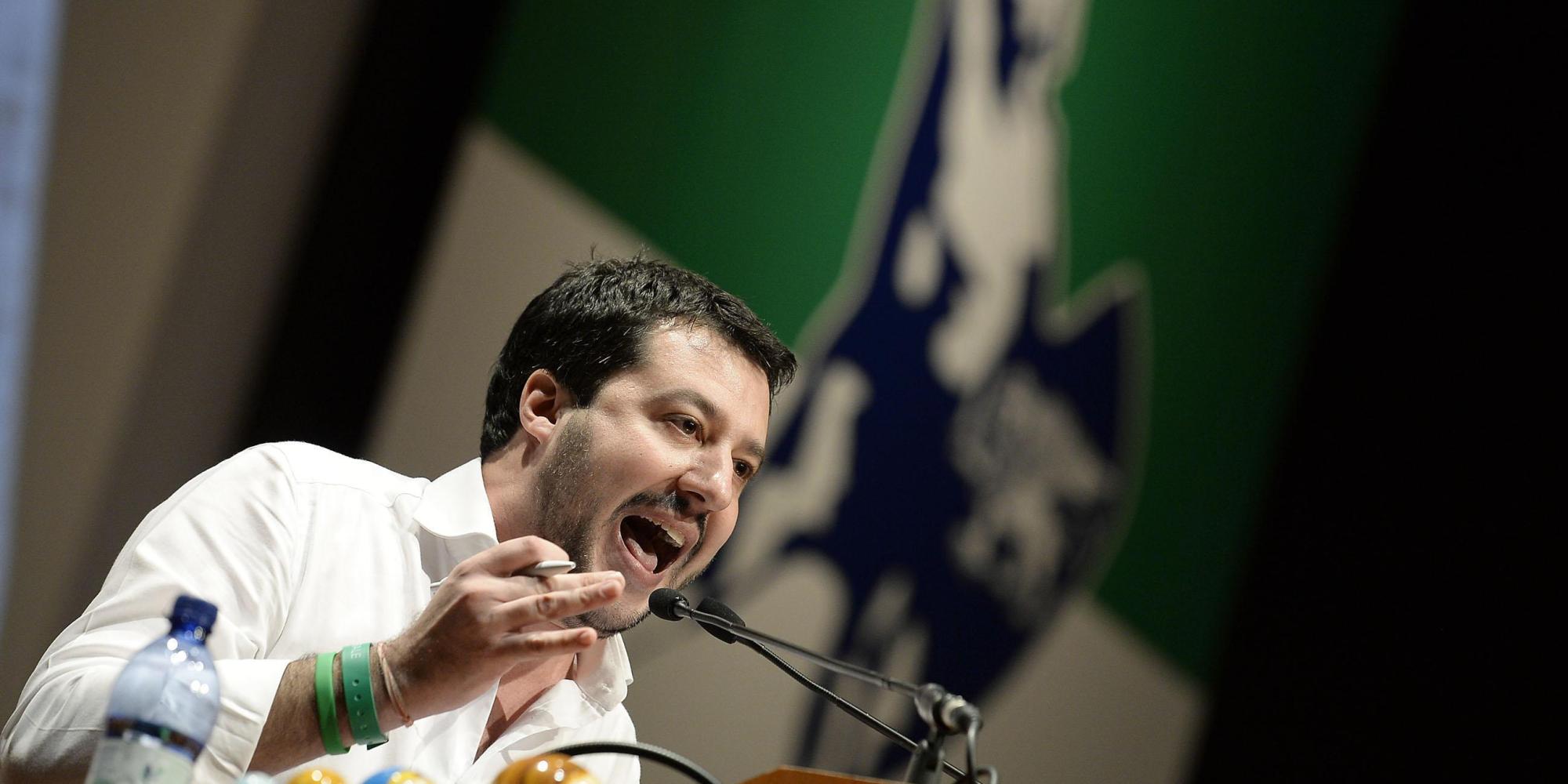
[authorbox authorid=”86″ title=”The Author”]
For weeks, German domestic politics has been plagued by discussions surrounding German identity, its constituent parts and challenges to German society. These discussions included an important revival of debates around anti-Semitism. At the same time the heated arguments around crucifixes in Bavarian administrative buildings suggest renewed insecurity about German culture.
A viral YouTube video of an anti-Semitic attack in Berlin[1] and the award of a music prize to a rap duo making tactless references to the holocaust[2] triggered anti-Semitism’s prominent reappearance in the German public discourse. What started as a timely debate about the growing anti-Semitic threat perceived by Jewish communities, at times morphed into attempts to shift the blame for anti-Semitism in Germany onto other vulnerable minority groups.
Instead of taking this opportunity to focus on the highly problematic conflation of anti-Semitism with the legitimate criticism of many of the State of Israel’s policies, Muslim refugees with allegedly anti-Semitic predispositions risked becoming the scapegoat for an otherwise undeniably pertinent issue.
Worries over anti-Semitic indoctrination of refugees, raised in countries such as Libya, Iraq and Syria are not entirely unjustified: Anti-Semitism was often perpetuated by educational institutions and state media in these countries. However, viewing anti-Semitism in Germany as an imported issue, or one predominantly pertaining to Germany’s Muslim minority communities, ignores Germany’s own tragic history. At the same time, it masks the fact that the vast majority of crimes classified as anti-Semitic in nature are perpetrated by the German far-right[3], which simultaneously detests their new Muslim neighbours.
The convenience of the scapegoating refugees with regard to anti-Semitism plays into the hands of right wing politicians and movements like the Erklärung (Declaration) 2018 that stress the purportedly insurmountable challenges of “illegal mass migration”. The prominent legal scholar Daniel Thym makes clear that the allegation of illegality with regard to refugees entering Germany is rooted in a misunderstanding of the Dublin-Regulations, which govern European asylum policy[4].
Moreover, what is lost in the heat of public argument are more nuanced approaches such as those of the former President of the Federal Republic Joachim Gauck.
In an article for the German newspaper Die Zeit the former President recognised Germany’s multi-ethnic and multicultural nature without alarmism and advocated the nurturing of an inclusive German Wir-Gefühl (us-feeling)[5]. That does not mean ignoring previous problems and present challenges associated with the integration of migrants.
However, it allows for participatory conflict resolution and mutual learning for all members of German society, a prerequisite for a world continuously transformed by innovation and globalisation. Gauck also advocates rooting this us-feeling in the German basic law.
—
An endorsement of constitutional patriotism should not, however, be taken as an assault on more traditional elements of German identity and culture. The current debate about placing crucifixes in Bavarian administrative buildings is a case in point.
For reasons surely not unconnected to the upcoming Bavarian state elections, the newly anointed Minister President of Bavaria, Markus Söder of the Cristian Social Union (CSU), launched an initiative to install Christian crucifixes in all administrative buildings of the state[6]. While one should take issue with the mandatory nature of Söder’s decree, representatives of the Christian churches themselves accused Söder of pursuing a policy of division with potential “alienating effects”[7].
However, in comparison with statements by other prominent CSU politicians as to whether Islam “belongs” to Germany, the installation of religious symbols is more benign. Rather than prescribing a certain faith, the Cross expresses a religious tradition, which is also visible in Bavarian schools and across the Bavarian countryside.
In none of these instances the Cross is intended as an exclusionary mechanism. Religious symbols of all three monotheistic faiths are nowadays commonly associated with rescue and shelter (such as in the Red Cross, Red Crescent and Magen David Adom medical services) and, despite historical legacies of religious conflict, the shared message of compassion and benevolence bears enormous unifying potential.
Rather than allowing religious symbols to be demarked as symbols of divisive identity politics, German society should dare to look as religion as a source of community, not difference. Particularly within the three monotheistic religions such common ground should not be all that difficult to find.
———-
[1] https://www.telegraph.co.uk/news/2018/04/18/jewish-men-beaten-belt-berlin-anti-semitic-attack/
[2] http://www.spiegel.de/panorama/justiz/kollegah-und-farid-bang-ermittlungen-wegen-volksverhetzung-a-1205888.html
[3] https://www.i24news.tv/en/news/international/europe/167478-180212-far-right-extremists-behind-majority-of-anti-semitic-crimes-in-germany-report
[4] https://www.tagesspiegel.de/politik/erwiderung-auf-die-erklaerung-2018-wider-den-mythos-des-rechtsbruchs/21187612.html
[5] https://www.zeit.de/2018/17/einwanderung-deutschland-fluechtlinge-integration-joachim-gauck
[6] https://www.zeit.de/gesellschaft/zeitgeschehen/2018-05/kruzifix-behoerden-verfassung-udo-di-fabio-markus-soeder
[7] https://www.reuters.com/article/us-germany-bavaria-cross/catholic-leaders-join-criticism-of-bavarian-crucifix-order-idUSKBN1I120U




